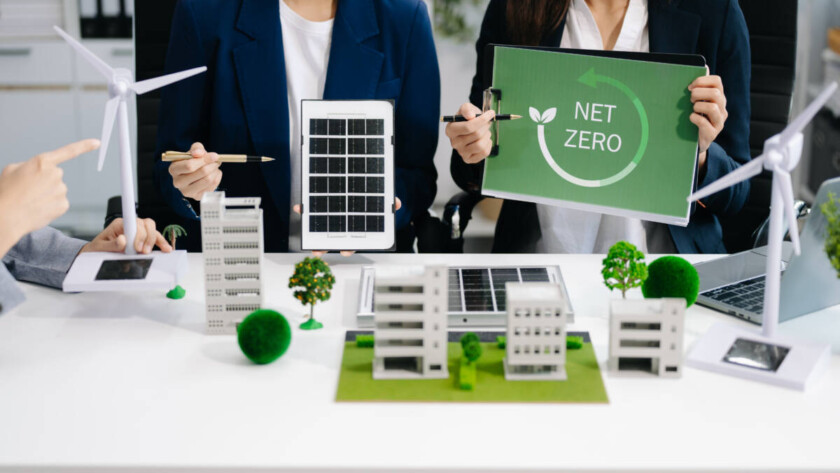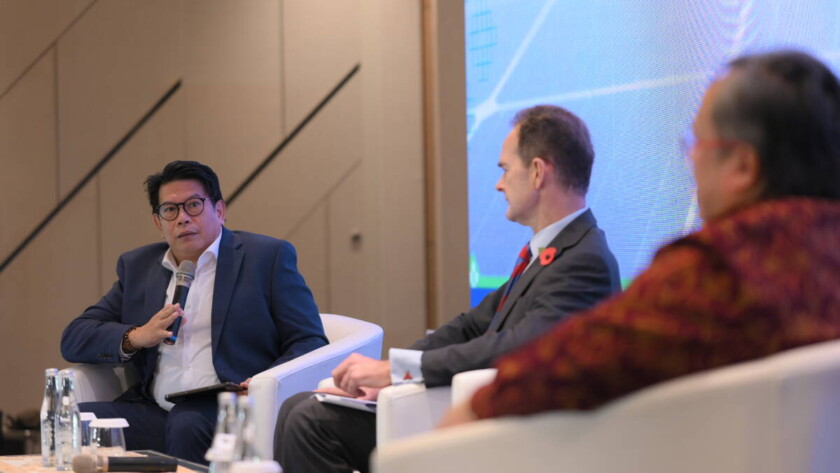The target for peak greenhouse gas emissions in Indonesia's Second Nationally Determined Contribution (NDC) document has been pushed back from 2030 to 2035. Read more on Kompas.com

Ahead of the COP-30 climate change negotiations in Brazil, we—the people of Indonesia Net-Zero Summit 2025—call on Indonesia to strengthen its strategy and take concrete action to address the climate crisis, while leading global efforts to keep global temperature rise below 1.5°C, as agreed in the Paris Agreement, ratified by Law No. 16 of 2016.
Recently,…

Bali, December 10, 2024 – As one of the world’s premier tourist destinations, Bali is currently facing significant challenges associated with the intensifying climate crisis. Threats such as rising sea levels, extreme weather patterns, and increasing pressure on natural resources have underscored the urgent need for a transition to net-zero emissions, a goal outlined in…

Jakarta, November 21, 2024 - President Prabowo Subianto told the G20 Summit in Rio de Janeiro, Brazil, on Tuesday (19/11/2024) that Indonesia is optimistic about achieving a net zero carbon target before 2050 to reduce global temperature. He revealed that with abundant resources, Indonesia plans to stop the operation of coal-fired power plants (CFPP) in…

Jakarta, November 8, 2023 - The global climate crisis is humanity's biggest challenge in the 21st century. The increase in global temperatures caused by greenhouse gas emissions is causing severe impacts such as extreme weather, increased extreme temperatures, rising sea levels, and harm to ecosystems. Indonesia, as one of the signatories of the Paris Agreement,…

Jakarta, November 9, 2023 - Cirata floating photovoltaic (PV) power plant located in Cirata Reservoir, West Java, with a capacity of 145 MW(ac) or 195 MW(p), has been inaugurated today. This event marks an important milestone for Indonesia as it is now home to the largest floating solar power plant in Southeast Asia, surpassing the…
The think tank Institute for Essential Services Reform (IESR) estimates that greenhouse gas (GHG) emissions from the industrial sector will increase three to four times by 2060 if no intervention exists.
Read more on Kompas.
Indonesia has outlined a serious plan to achieve the Net Zero Emission (NZE) target by 2060. The roadmap issued by the Ministry of Human Resources and Investment portrays Indonesia's commitment to significantly reduce greenhouse gas emissions.
Read more on Warta Ekonomi.

Jakarta, August 10, 2023 - Sustainable development with minimal emissions is believed to be the key to lifting Indonesia out of the middle-income trap it has been in for 30 years (1993-2022) and transitioning towards a developed country. The Institute for Essential Services Reform (IESR) urges the Indonesian government to set ambitious, measurable emissions reduction…
Background
The diplomatic relations between the Republic of Indonesia and the Republic of Korea have been established since 1973. Since then, the two countries have continued to increase and improve their relations through bilateral, regional, and multilateral cooperation (Embassy of The Republic of Indonesia in Seoul), e.g. The ASEAN – Korea Free Trade Agreement (AKFTA),…

Jakarta, July 26, 2023 - The Indonesia Solar Summit 2023, hosted by the Ministry of Energy and Mineral Resources and co-hosted by think tank Institute for Essential Services Reform (IESR), affirms the commitment to accelerate solar deployment in the country. Solar energy has made it significantly into Indonesia's NZE pathway, projected at 61% of total…

Jakarta, 10 March 2023 - Clear and earnest support from the government for the development of solar energy needs to be demonstrated, especially in achieving the Net Zero Emission (NZE) target in 2060 or sooner and the renewable energy mix target in the Just Energy Transition Partnership (JETP) of 34 % in 2030.
"So far,…
